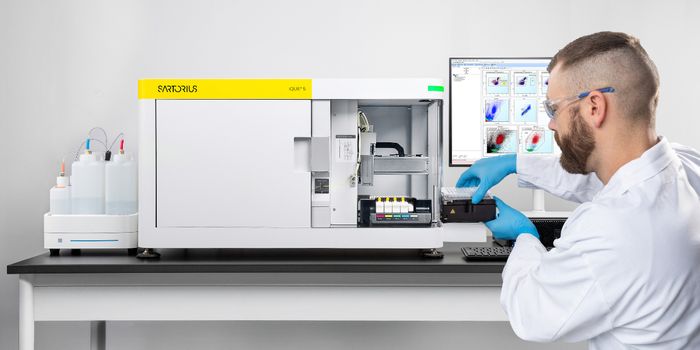Printable Bone Grafts may Change Therapeutics
To perform a bone graft, which is a transplant of bone tissue, bone from a deceased donor is used in an allograft, or from the patient’s own supply, a process called autographing. Now researchers have devised a way to use synthetic material Hyperelastic Bone™ as a commercially available orthopedic implant. It can promote the growth of tissue in the patient and integrates as the patient’s bone during the regeneration process. For many patients, it is a huge leap forward in therapeutic options.
"Traditional orthopedic products that are made from majority ceramic-like materials are usually very brittle, while our product has very elastic properties, even though it is made almost entirely from the same ceramic that makes up bones. If you squish it, it bounces back to its original shape," explained materials scientist Ramille Shah of Northwestern University. "And 3D printing allows us to make patient-specific or patient-matched implants, as well as unique off-the-shelf products that the surgeon can easily manipulate in the operating room."
For Shah and collaborator Adam Jakus, a materials engineer, the work also represents a great business opportunity. They have been getting many requests for their Hyperelastic Bone™ and other 3D printing materials and paints for several years. In response, they opened a company called Dimension Inx. They are now in the process of getting FDA approval for the therapeutics they want to supply to the medical community.
"The purpose of Dimension Inx is to make advanced manufacturing, including tissue and regenerative engineering, clinically and economically viable as well as accessible to researchers and industry through the introduction of new advanced materials," noted Jakus, chief technology officer of Dimension Inx. "These materials are not only highly functional, such as Hyperelastic Bone™, but are also large-scale-manufacturing and end-user friendly."
"For the past several decades, tissue engineering as a field has been almost entirely relegated to academic laboratories, where great discoveries have been made," added Jakus, "but it is now time for innovative technologies and materials to leave the laboratory and make it into the hands of doctors and surgeons where they can be used to help those who need them most, the patients."
Sources: AAAS/Eurekalert! Via National Science Foundation








